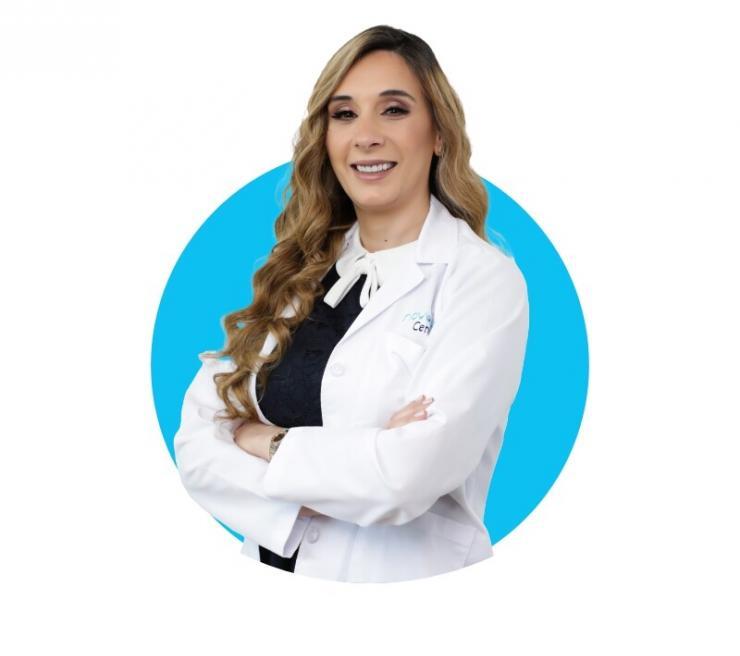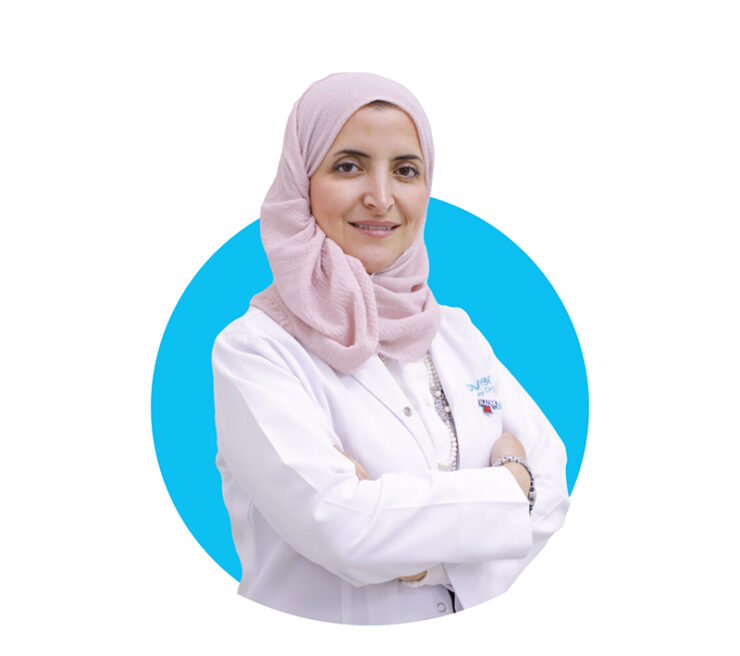Hysteroscopy in Dubai, Abu Dhabi and Al Ain
Hysteroscopy is a procedure that allows the doctor to look inside the uterus to diagnose and treat the causes of abnormal bleeding and other conditions. Hysteroscopy is performed using a hysteroscope, which is a thin, lighted tube inserted into the vagina to examine the cervix and inside the uterus. Hysteroscopy can be either diagnostic or therapeutic.
Diagnostic hysteroscopy is used to diagnose uterine problems. It is also used to confirm the results of other tests, such as HSG hysteroscopy; an X-ray dye test used to check the uterus and fallopian tubes. Moreover, diagnostic hysteroscopy can be used with other procedures, such as laparoscopy, or before the dilation and curettage (D&C) procedure. In the laparoscopy process, the doctor will insert an endoscope into the abdomen through an incision made through or below the navel to see the outside of the uterus, ovaries, and fallopian tubes.
Surgical hysteroscopy is used to correct an abnormal condition discovered during diagnostic hysteroscopy, and surgical hysteroscopy can be performed at the same time as the diagnosis, avoiding the need for a second surgery. During surgical hysteroscopy, small tools used to correct the condition are inserted through a hysteroscope.
The most common use of hysteroscopy is to find the cause of abnormal uterine bleeding. Abnormal bleeding can mean that a woman’s menstrual periods are heavier or longer than usual or occur less or more than usual, while bleeding between menstrual periods is also considered abnormal.
Hysteroscopy is also used in the following cases:
- Removal of adhesions that may occur due to infection or previous surgery, also called Sherman’s syndrome; They are scar tissues that form inside the uterus and cause changes in menstrual flow as well as infertility.
- Diagnosing the cause of recurrent miscarriage when a woman has more than two consecutive miscarriages.
- Determining the location of the intrauterine device (IUD).
- Conducting permanent sterilization; Where a hysteroscope is used to place small grafts in the fallopian tube to prevent pregnancy.
Before surgery, your doctor may prescribe a sedative to help you relax, and then you will be prepared for anesthesia.
After that, the steps of the hysteroscope are as follows:
- The cervix is expanded
- The doctor inserts the hysteroscope through the vagina and cervix to the uterus
- After that, the doctor pumps carbon dioxide or solution to widen the uterus and get rid of any adhesions.
The duration of this procedure generally ranges from five minutes to approximately an hour, depending on whether hysteroscopy is used for diagnosis or treatment.
Here are the most important benefits of having a hysteroscope compared to various other procedures:
- It needs short stay in hospital
- Short recovery time
- The patient does not need to take many pain medications
- Safe procedure
- It removes uterine adhesions.
- You can eat or drink immediately after hysteroscopy
Hysteroscopy is usually very safe, but like any procedure, there is a small risk of developing complications. The risk is higher if hysteroscopy is used for treatment rather than for diagnosis. Some of the main risks associated with hysteroscopy are:
-
Accidental damage to the uterus:
This is uncommon, but it requires treatment with antibiotics in the hospital or may, in rare cases, require another operation to repair it.
-
Accidental cervical damage:
This is rare and can usually be easily repaired.
-
Heavy bleeding during or after surgery:
This can happen if the patient has received treatment under the influence of a general anesthetic, and it can be treated with medicine or through a procedure.
-
Uterine infection:
This can cause foul-smelling vaginal discharge, fever, and heavy bleeding; It can usually be treated with a short course of antibiotics prescribed by a general practitioner.
-
Fainting:
This affects 1 in every 200 women who have had a hysteroscopy without anesthetic or under a local anesthetic.
Hysteroscopy will only be performed if it is believed that the benefits outweigh the risks.
The purpose of hysteroscopy will determine the length of recovery. However, there are some general things that are common after any hysteroscopy procedure. You may experience the following:
- Cramping
- Mild bleeding for a day or more
- Shoulder pain (if carbon dioxide is used)
- Mild nausea
- Vertigo or dizziness
If you want to know more about Hysteroscopy, book an appointment with our board certified gynecologists, call us on the toll-free number 800 (NOVO) 6686 or click the live chat icon at the bottom of the screen.






